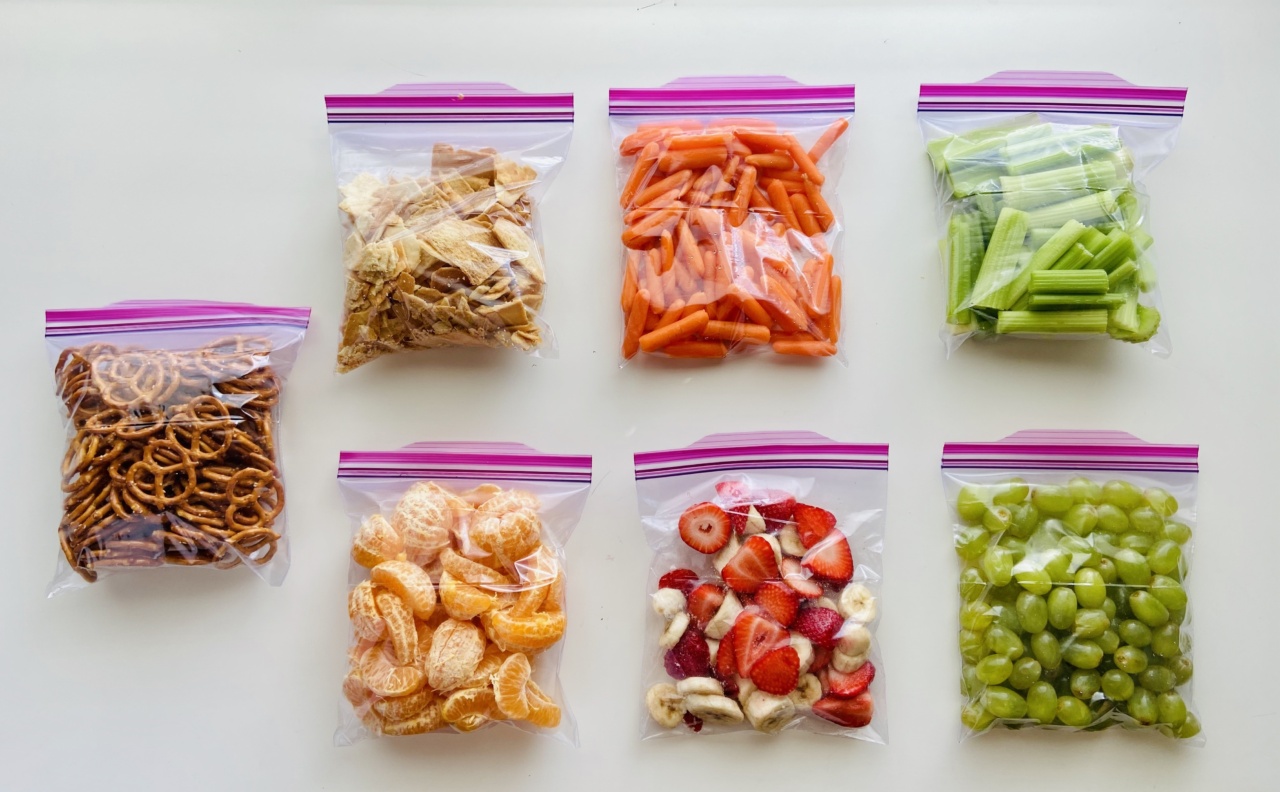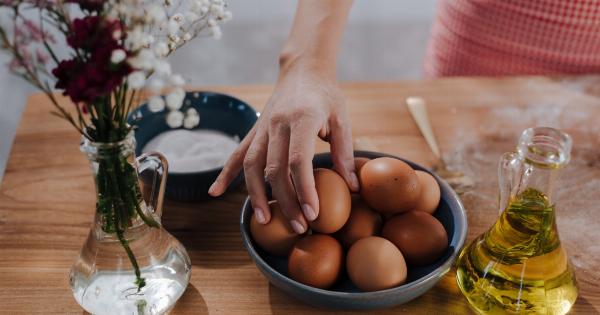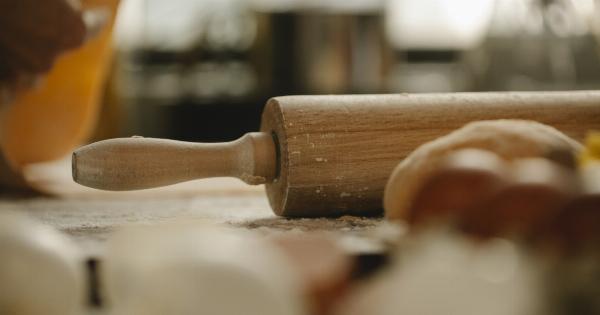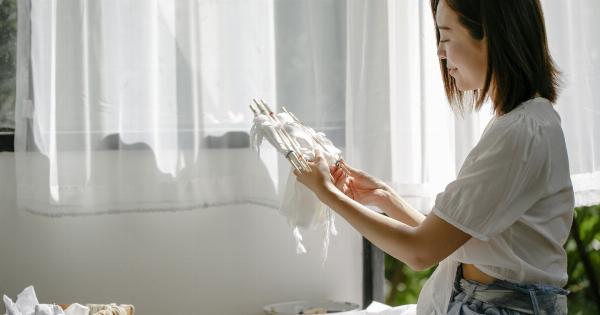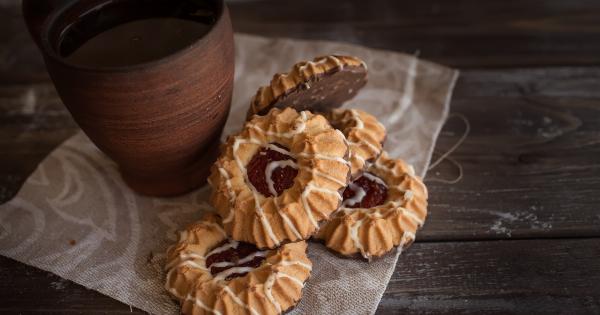Bananas are a versatile and nutritious fruit that can be enjoyed in a variety of ways. Whether it’s in a smoothie, on top of cereal, or as a healthy snack on its own, bananas are a popular choice for many people.
However, one downside to this delicious fruit is that they tend to brown quickly once they are exposed to air. This can be a problem if you like to stock up on bananas and want to preserve them for longer periods of time.
But fear not, because in this article, we will teach you some simple and effective methods to prevent browning and extend the shelf life of your beloved bananas.
Browning: Why Does it Happen?
Before we dive into the preservation techniques, let’s first understand why bananas turn brown in the first place.
The browning of bananas is actually a natural enzymatic reaction that occurs when the fruit’s cells are damaged or exposed to oxygen. When the cells are ruptured, an enzyme called polyphenol oxidase (PPO) comes into contact with oxygen and triggers the browning process.
1. Lemon Juice: Nature’s Anti-Browning Agent
One of the easiest and most effective ways to prevent banana browning is to use lemon juice. Lemon juice contains citric acid, which acts as a natural antioxidant and helps inhibit the enzymatic browning reaction.
To use this method, simply squeeze fresh lemon juice onto the exposed areas of the banana or dip the fruit slices in a mixture of lemon juice and water before storing them.
2. Vinegar: A Surprising Solution
If you’re out of lemons or prefer a different approach, vinegar is another great option to prevent browning. Like lemon juice, vinegar is acidic and can slow down the enzymatic browning process.
You can either spray or brush a small amount of vinegar onto the banana slices or dip them in diluted vinegar solution. However, be mindful of the vinegar’s strong flavor, as it may affect the taste of the bananas if used excessively.
3. Saltwater Bath: Simple and Effective
An easy and affordable solution to slow down banana browning is to give them a quick saltwater bath. Create a solution by mixing one teaspoon of salt with one cup of water.
Dip the banana slices or whole bananas in the saltwater solution for a few seconds and then pat them dry before storing. The saltwater creates a barrier between the fruit’s surface and the oxygen in the air, preventing browning.
4. Plastic Wrap: Keep the Air Out
A simple yet effective way to preserve bananas is by tightly wrapping the exposed areas with plastic wrap. This method creates a barrier that limits the fruit’s interaction with air, thus slowing down the browning process.
Make sure to wrap the bananas tightly and ensure there are no air gaps for maximum effectiveness.
5. Banana Bags: Purpose-Built Protection
If plastic wrap isn’t your preferred choice, you can opt for purpose-built banana bags. These bags are specifically designed to slow down the ripening process by reducing the amount of oxygen and moisture around the bananas.
Banana bags can be purchased online or at kitchen supply stores and are a convenient option for keeping your bananas fresh and minimizing browning.
6. Freezing: Long-Term Preservation
If you find yourself with an excess of ripe bananas, freezing them is a great way to extend their shelf life and prevent browning. Start by peeling the bananas and slicing them if desired.
Place the banana slices in a single layer on a baking sheet lined with parchment paper and freeze them until solid. Once frozen, transfer the slices to an airtight container or freezer bag. Frozen bananas can be used in smoothies, baked goods, or thawed for a healthy frozen treat!.
7. Blanching: For Cooked Dishes
If you plan on using the bananas for cooked dishes like banana bread or in recipes where you won’t mind the soft texture, blanching is an effective method to prevent browning.
To blanch bananas, bring a pot of water to a boil and submerge the whole bananas for 2-3 minutes. Remove them from the boiling water and immediately plunge them into an ice bath. This process denatures the enzymes responsible for browning and helps maintain the bananas’ color when cooked.
8. Brush with Honey: Sweet, Sticky Protection
An alternative natural sweetener, honey, can also be useful in preventing banana browning. Brush a thin layer of honey onto the exposed areas of the banana or dip the banana slices in a mixture of honey and water.
Honey contains antioxidants and has low water content, which helps slow down the enzymatic browning and keeps your bananas fresh for longer.
9. Coconut Oil: An Unconventional Choice
Coconut oil, known for its various uses in cooking and beauty, can also be used to prevent banana browning. The oil creates a protective layer when applied to the exposed areas of the banana, inhibiting the oxidation process.
Use a pastry brush or your fingers to gently coat the bananas with coconut oil, ensuring all sides are covered. However, keep in mind that coconut oil may alter the flavor of the banana slightly.
10. Moisture Control: Separate the Bunch
One last tip to slow down banana browning is to separate the bananas from the bunch. By detaching each banana from its stem, you minimize the release of ethylene gas, a natural ripening agent that speeds up the browning process.
This method is particularly useful when you have a bunch of bananas at different stages of ripeness.
